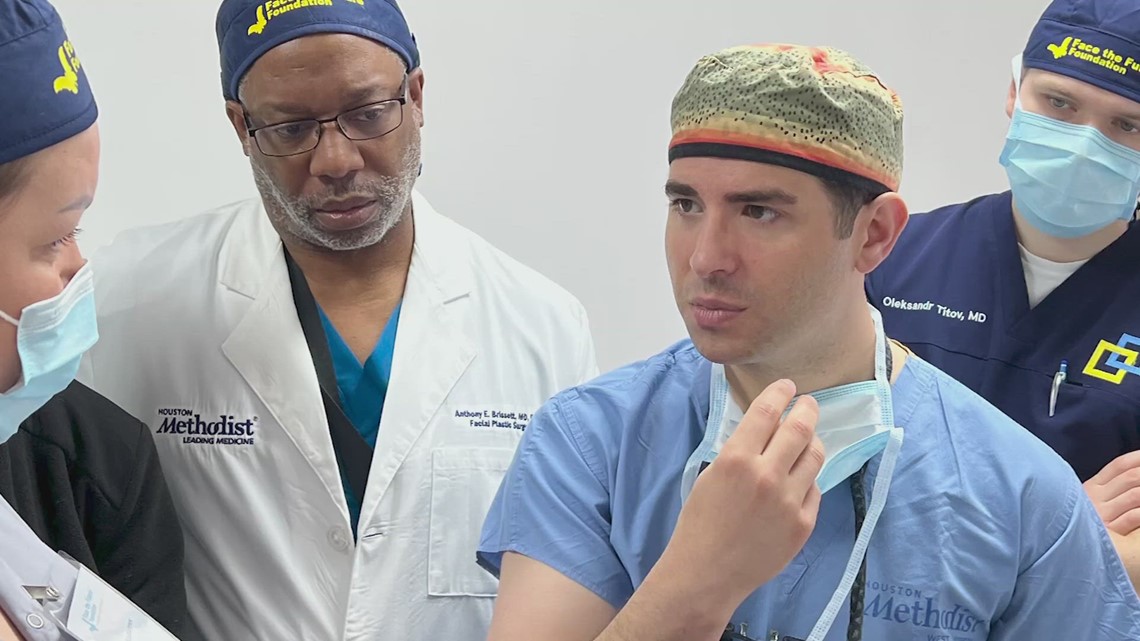Anthony Brissett, M.D., FACS | Source | Houston Methodist

Anthony Brissett, M.D., FACS
Division chief, Facial plastic and reconstructive surgery, Houston Methodist Hospital. Clinical interests include rhinoplasty, ethnic rhinoplasty, facial rejuventation, brow/neck/face lift, otoplasty, blepharoplasty, botulinum toxin injections, facial fillers, facial plastic reconstruction and skin cancer reconstruction.
-
She Didn’t Like Her Nose. So She Went To Turkey For An Ethnic Rhinoplasty.
“I don’t think it takes away from my being African or hides my features. I’m always like, if you don’t like something, change it.”
Article -
Houston Methodist doctors help Ukrainians hurt in war
The doctors not only helped teach Ukrainian doctors how to care for violent injuries, but they also performed surgery on 30 people.
Article
-
Preserving a patient’s ethnic identity during a rhinoplasty is not a novel idea – Brissett is the co-author of a 2009 article in the journal Seminars in Plastic Surgery that delves into the topic. But ethnic rhinoplasties have become more common over the past 10 or 15 years as more patients began expressing concern about losing their unique features – something Brissett calls “cultural destruction.”
Brissett attributes the increasing popularity to a greater focus on celebrating diversity in America compared to 30 or 40 years ago. Western beauty standards have historically been centered around whiteness, but that has been shifting. He predicts it will continue to shift moving forward, as the U.S. population becomes more racially and ethnically diverse.
“We're seeing that people are becoming more aware of global influences. And as a result, they are celebrating that uniqueness,” he said.
-
“I think ethnic rhinoplasty begins with the awareness that there are cultural variations and deviations in relationship to facial appearance,” Dr. Anthony Brissett, director of facial plastic surgery at Houston Methodist Hospital.
For the past two decades, according to Houston Methodist Hospital’s Brissett, “the aesthetic norm was more strongly based on Western influence. And so, when a patient of ethnic descent, whether it be Black, Hispanic, Asian, or any of the above, went to see a plastic surgeon, and it was for a rhinoplasty, oftentimes what they were getting was a change in nasal appearance based on Western norms and standards.”
Brissett said he often saw clients who weren’t happy with the results. “I was then forced to do a racial or cultural restoration, trying to bring patients back more towards what their noses could or should look like in relationship to their racial features,” he said.
-
The team used nerve tissue from his leg as a bridge to the right side of his face. The surgery does not have an immediate effect, but the hope is that he’ll regain function in the left side of his face over time, Brissett said.




